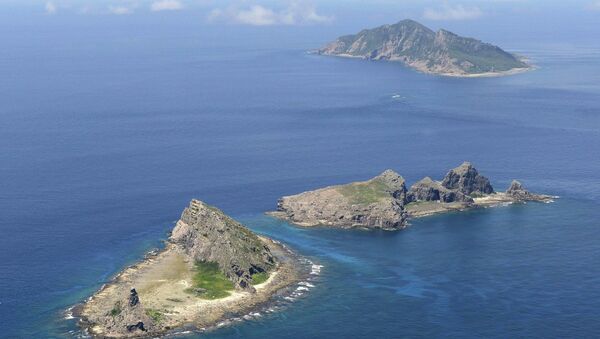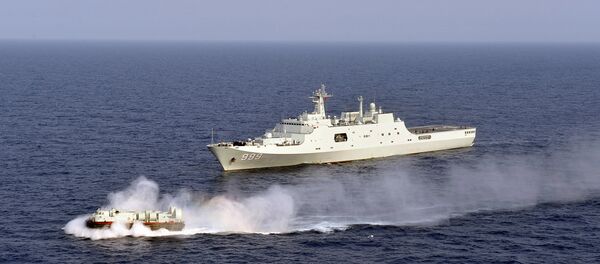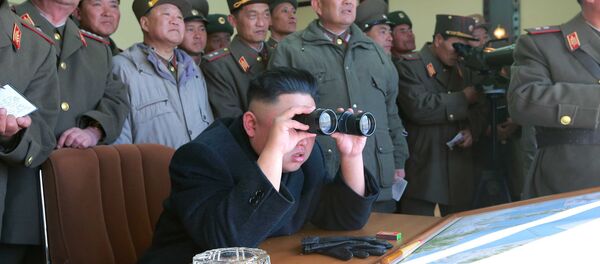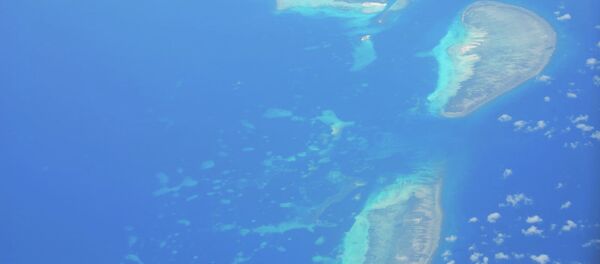With tensions rising in the South China Sea, ongoing territorial disputes between Beijing and Tokyo in the East China Sea have been overlooked. Both countries lay claim to the Senkaku Islands, a string off the northeast coast of Taiwan.
While the landmasses are uninhabited, they lie near important fishing grounds, shipping lanes, and what could be potential sources of oil and natural gas.
On Friday, Japan announced new plans to assert its sovereignty over the islands.
"This is kind of a power vacuum area," said Col. Masashi Yamamoto, a military attaché with the Japanese Embassy in Washington, according to Defense News.
"Considering North Korean activities, and the frequent invasion of our territory by China around these islands, we think we need to beef up our intelligence capability so that Japan can react better."
"North Korean activities" likely refers to Pyongyang’s recent ballistic missiles launches, all of which crash-landed in the Sea of Japan.
Yamamoto cited Chinese naval vessels passing within the 12-mile territorial limit around the Senkaku Islands.
"Chinese Coast Guard ships continually enter the waters around the Senkakus," he said. "We think they are looking for a threshold to see what the limits are."
He added that Tokyo has evidence that Chinese “fisherman” have landed on the island, and that those fisherman could be Chinese troops in disguise.
Tokyo’s upgraded surveillance efforts in the region will include the construction of a new radar observation station on Yonaguni Island, Japan’s westernmost inhabited island. This will extend the military’s surveillance capabilities by some 200 miles.
Expected to go online March 28, the station will be manned by 150 Japanese Ground Self-Defense Force soldiers.
"If we put forces on the Senkaku Islands it would escalate tension," Yamamoto said. "We don’t want to escalate. But on Yonaguni there are 1,800 residents. Yonaguni extends the observation network watching the Senkakus."
While there is no plan to place Japanese troops on the Senkaku Islands, such a move could be implemented if the new surveillance network detects Chinese troops on the disputed chain.
Yamamoto dubbed this possibility “Phase Two,” in which amphibious units would be scrambled to retake territory theoretically seized by China.





